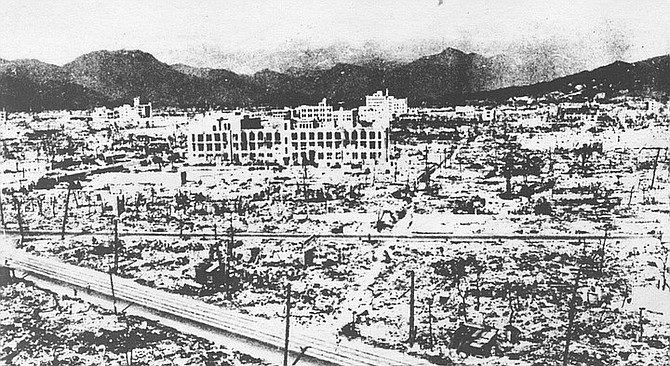
U. S. Air Force photograph
Hiroshima, one mile from ground zero. "We could see that rubble for the most part had been reduced to powder and sucked up into the cloud, just as had so many of the former inhabitants of Hiroshima."
- As a ten-year-old exploring the dark corners of my family’s garage, I once found a huge knife sheathed in a worn leather case. It had a rawhide handle and an eight-inch steel blade. When I asked my father about it, he told me it was from his days as a bomber pilot in the Pacific during World War II. (July 31, 1980)
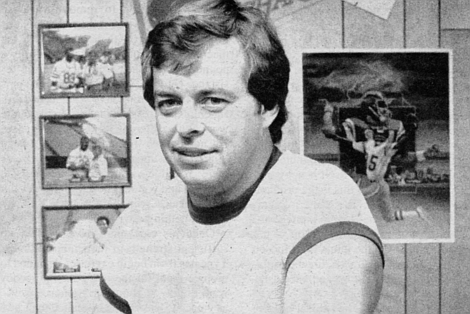
Phil Tyne: “You can’t prevent injuries, but you can increase the odds of not having them.”
- Flexibility and strength. Range of motion. These are the keys to avoiding any athletic injury, or so claims Phil Tyne. Tyne owns an athletic club in downtown San Diego and he is also the conditioning coach for the San Diego Chargers; you have to believe he knows something about athletic injuries (April 2, 1981)
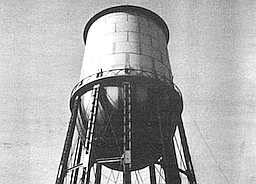
University Heights. Largest of them all, it looms above the intersection of Idaho Street and Howard Avenue.
- The day I drove out to look at the Loma Citas water tower the weather was hot and hazy. I had never been to see the tower before, but I didn’t have any trouble finding it: it rises some fifty feet above a cluster of sleek, ranch-style homes alongside the South Bay Freeway. (Sept. 17, 1981)
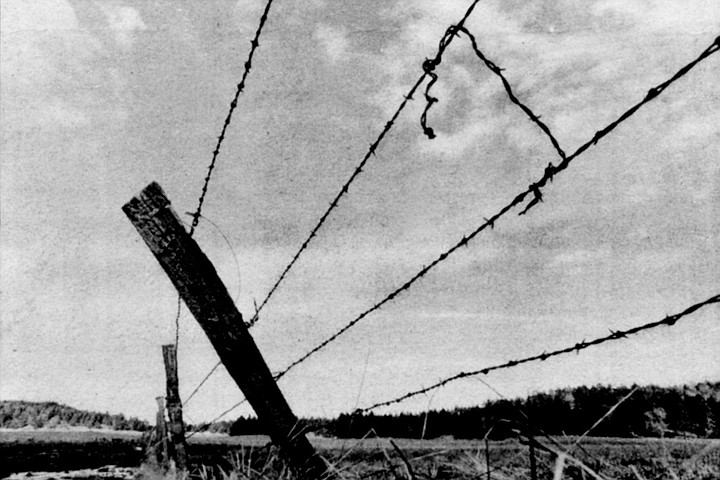
“They’re all city people moving up to Campo now,” he complains. “Hippies and kooks and dopers."
Photo by Robert Burroughs
- Dawn: clouds press down low over the Campo Valley, and rain seems imminent. In one corner of Jim Kemp’s cattle pens, five cowboys and one cattle broker are already hard at work, trying to get 240 head weighed and ready for shipment to the feedlot. (January 8, 1981)
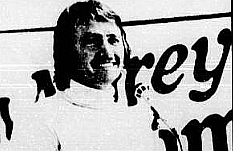
Tom Morey: "You keep working or you deteriorate."
- Tom Morey's smile is almost cherubic, and his hair hangs down over his forehead in bangs. He is a creative thinker who is constantly hatching new ideas, and he talks about them in an earnest, boyish voice. It is a minor shock to find out he is 43 years old, has had two children by his first wife and three more by his second. (Aug. 24, 1978)

They split the business (Hamilton took the groceries and Marston the dry goods).
San Diego Historical Society
- Hamilton Marston gestures from time to time with his large, thick hands. His cheeks are ruddy, his gray hair slightly tousled, his blue eyes bright behind plain brown glasses. He is not a large man — five feet, ten inches — and as rain beats against the windows of his spacious brick house near Balboa Park, a fire blazes in the fireplace behind him. (Feb. 7, 1980)
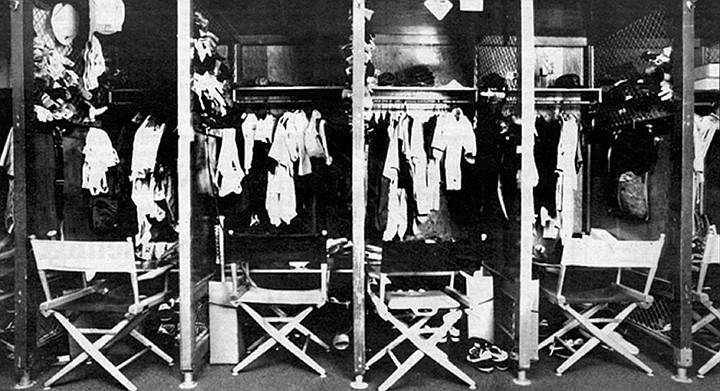
For sheer grotesquery, though, nothing tops the “jackelope” head mounted on a plaque in pitcher Goose Gossage’s locker.
Photo by Robert Burroughs
- Tony Gwynn sat in a canvas-backed chair and peered into the wooden cubicle in front of him. “What’s in my locker?” he asked, repeating the question that had been posed to him.“Well, here’s a rubber stamp that says “Tony Gwynn’ on it. I’ve never used it. Here’s a ball of putty that I squeezed to strengthen my arm when I hurt it earlier this year." (August 27, 1987)

Ryan's sign for Quella. Ryan chose the name because, she says, it is a Spanish and Indian word for acorn.
- "It is an Engelmann oak, a species found in the inland valleys of San Diego County. There are stands of the oaks in Riverside County and a few in Los Angeles but none exist farther north.” (February 27, 1986)
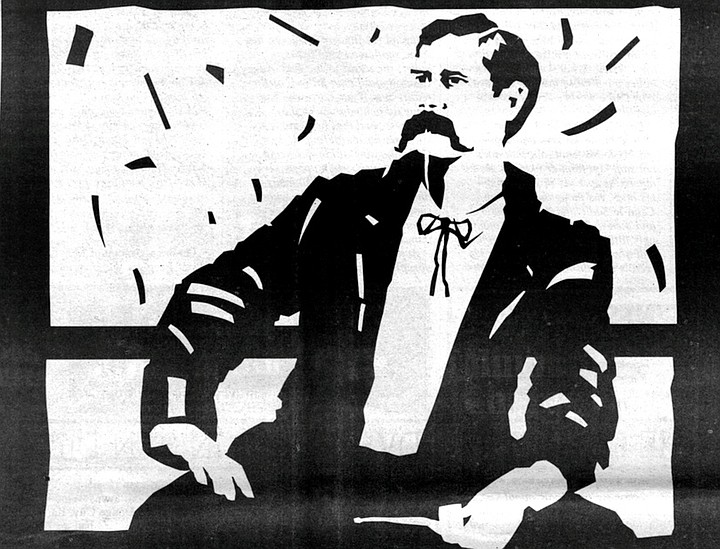
Bat Masterson had worked with Earp as a deputy marshal of Dodge City and he was on his way to Ensenada to pick up an army deserter who had been jailed there. He wanted his friend Earp to accompany him to Ensenada.
- One night Earp returned to the house on Third Avenue and told Sadie that a man “had sort of donated” a racehorse to him in a poker game. Earp raced it at the old Pacific Beach Racetrack. (February 6, 1986) .
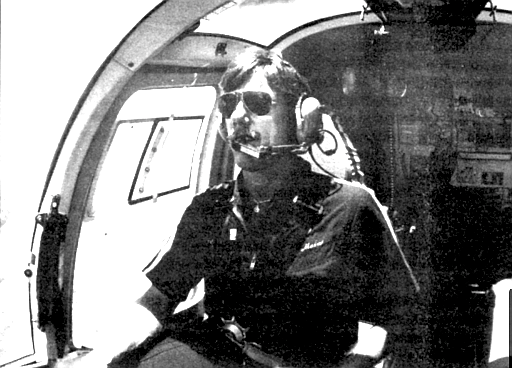
Randy Mains
Photo by Robert Burroughs
- At 6:33 p.m. the radio in the Life Flight operations center at UCSD Medical Center in Mission Hills crackles: two accidents have occurred in the East County. In Alpine, a young boy has fallen off ...(August 9, 1984)
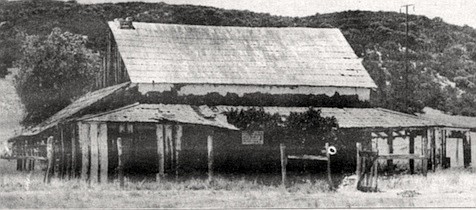
Butterfield stage station at Warner's Ranch, c. 1938. The ranch is the northernmost point in the county to which Remeika has been able to trace the original track of the Butterfield stage.
- George McCain lives by himself in an old Airstream trailer beneath a eucalyptus tree, about half a mile from S-2, and after leaving Vallecito station Remeika and I drive up and bang on the trailer s door. (January 12, 1984)

Pride of the West mine, Julian, 1900. The water that flowed across underground reservoirs of granite 100 million years ago contained the gold that prospectors found in the Laguna Mountains, leading to the founding of Julian.
- The boulders rattle down a chute into the deep black mouth of the crusher. Inside the machine, two heavy steel plates come together repeatedly with force beyond imagination. Whoomp! Whoomp! Whoomp! And 150 million years of history is broken into softball-size pieces and comes out on a conveyor belt on the other side, moving toward yet another crusher in this quarry just west of Cowles Mountain on Mission Gorge Road. (April 5, 1984)
Gordon Smith wrote feature stories for the Reader from 1978 through 1987.
 Facebook
Facebook
 X
X
 Instagram
Instagram
 TikTok
TikTok
 Youtube
Youtube
























